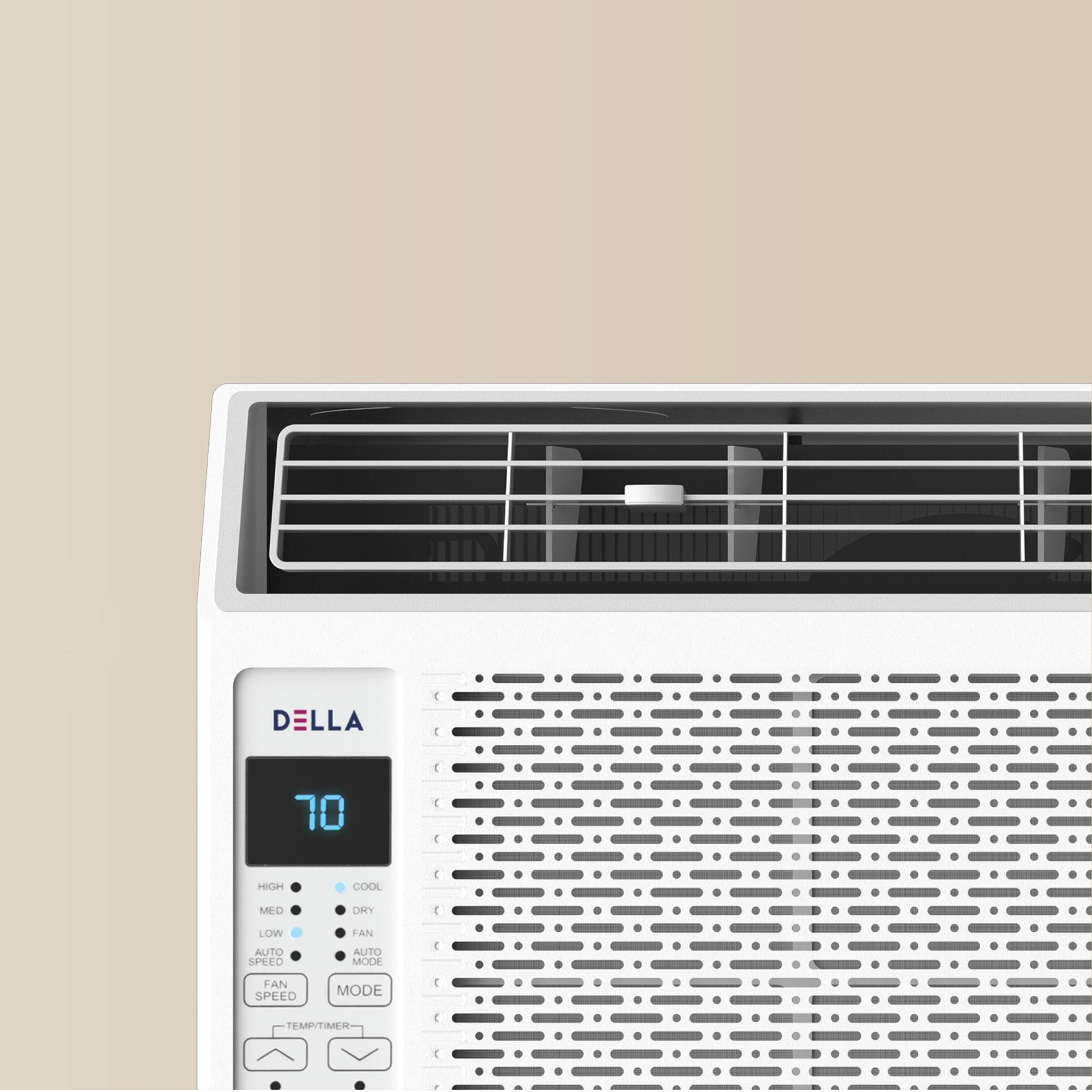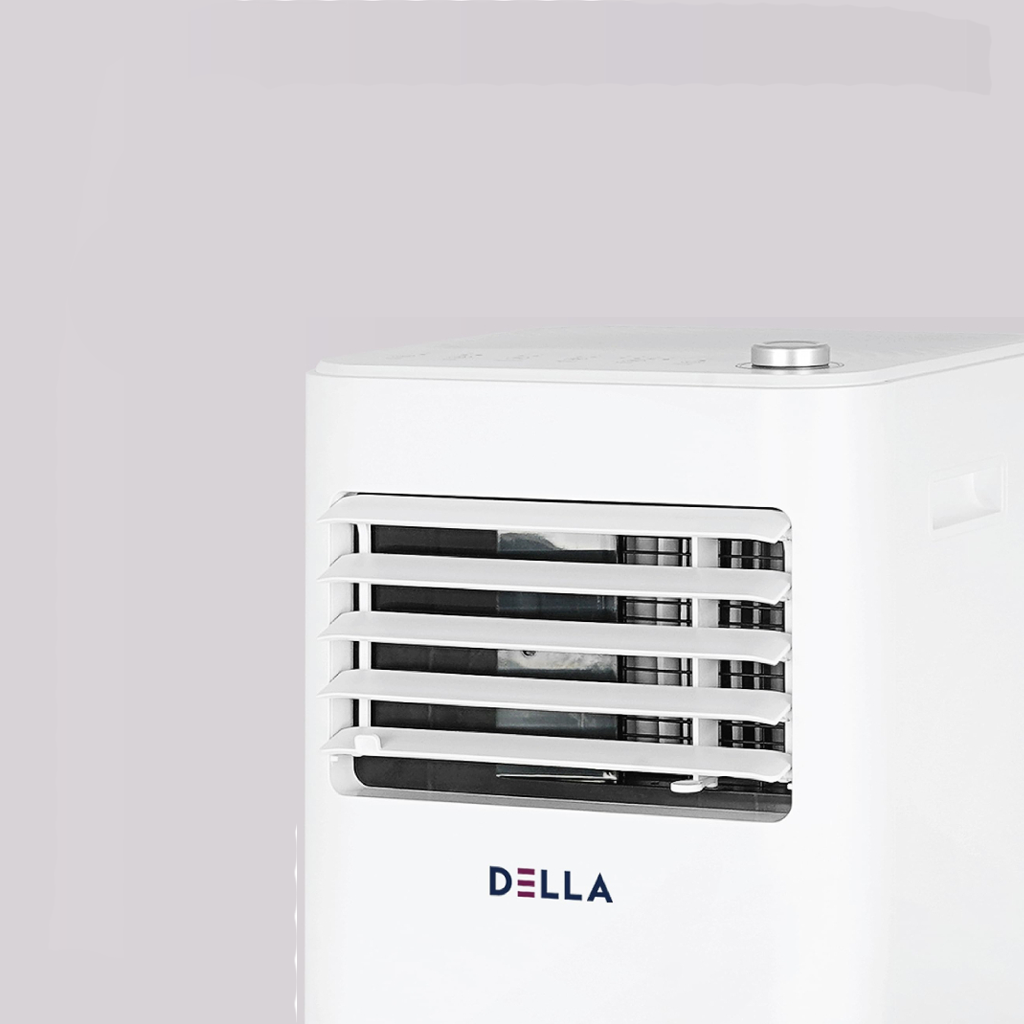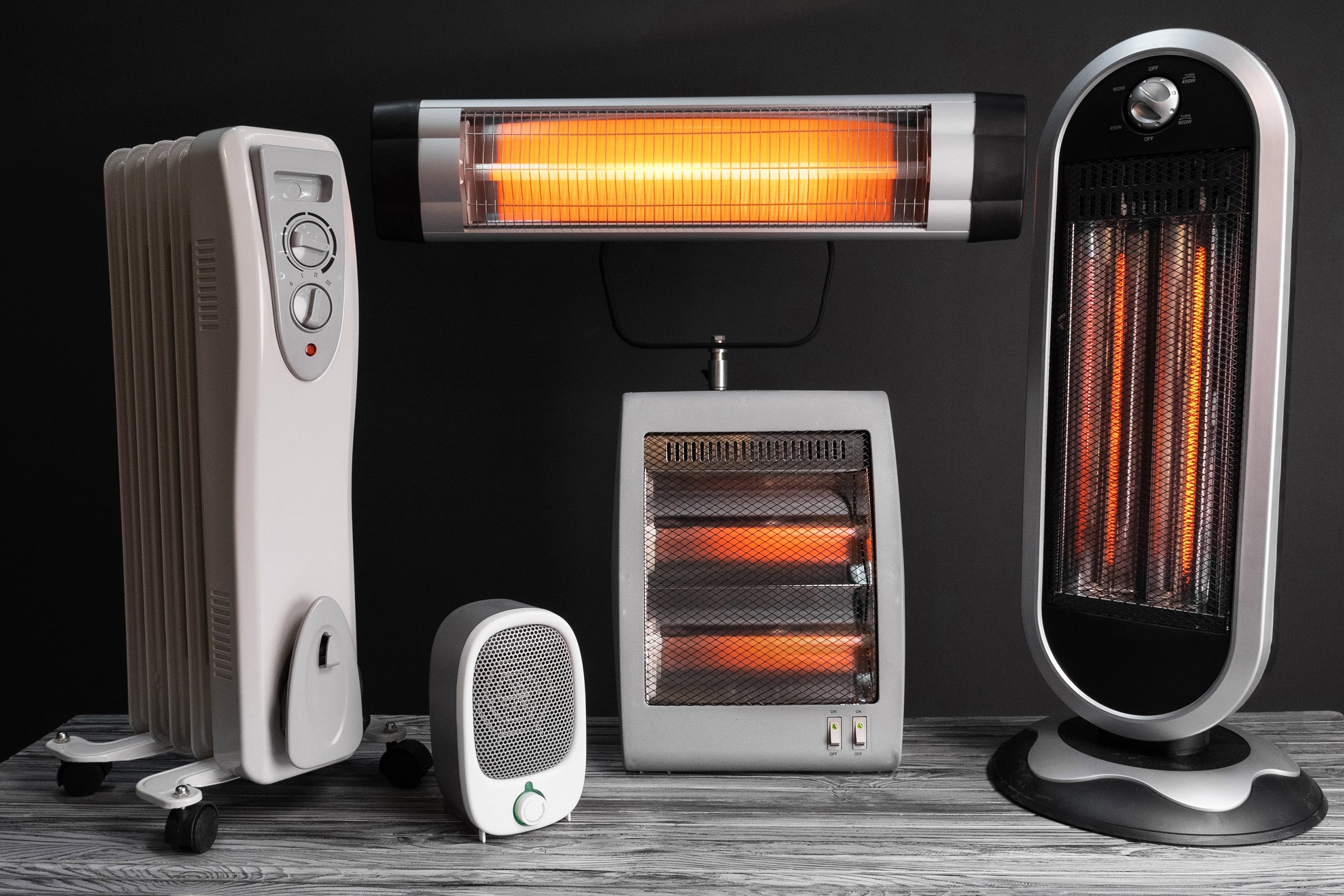The Purpose of a Heater
At its most fundamental level, a heater is a device used to raise the temperature of an enclosed space. From small, personal heaters to large central heating systems for buildings, they all serve the same primary purpose: to provide warmth and habitable living conditions, especially in the colder parts of the world that would otherwise be unlivable.
Heaters come in various shapes, sizes, and technologies, but most can be categorized under two main types:
Convection Heaters: These are the most commonly used heaters. They warm up the air, which then circulates throughout the space. Examples include central heating systems and oil-filled radiators.
Radiant Heaters: These heaters emit infrared radiation that directly heats objects and people in its path. They don’t necessarily warm the air but provide direct heat to entities within its range. An example would be the sun or patio heaters.
The History of the Heater & Heating System
Beginning approximately 1.5 million years ago, the earliest form of heating was a campfire, which eventually migrated indoors as a central fire with a roof opening for smoke to escape. Fixed central hearths date back to 2500 B.C., as evidenced by excavations in Greece.
The Egyptians introduced bellows to fan the flames around 1500 B.C., but central heating remained elusive until about 100 B.C. with the rise of the Roman Empire. In 1300 B.C. King Arzawa installed the first known underfloor heating system in his palace at Beycesultan, Turkey.
When the Romans introduced the hypocaust, an early form of radiator, this achievement became one of the first historical records of a civilization utilizing human-made heat. Next, the 19th century saw the introduction of gas stoves and the development of the first furnace using warm air for heating by Benjamin Franklin. The evolution saw significant leaps in 1855 with Franz San Galli's modern radiator and Dr. Robert Bunsen's revolutionary soot-free flame burner, which influenced the creation of many heating systems, including those with pilot lights.
Another important milestone occurred in 1882 after Albert Marsh's introduction of chrome brought about electrical heating that has largely remained unchanged in its core technology. The next major step in the history of heating was in 1919 when Alice Parker patented the first central heating system, which provided people with easy means to regulate the temperature throughout their homes more efficiently, according to UGI Heating & Cooling.
The 1930s saw the invention of fiberglass insulation and the mass marketing of furnaces. In 1939, the first radiant-heated home was designed by Frank Lloyd Wright. By 1945, water-based radiant heating was used in thousands of homes in America, and by 1951, plastic pipes were tested for radiant floor heating.
Over the years, as heating technology advanced, systems have become smaller, lighter, and more aesthetic. The need for environmental considerations and safety standards have become integral parts of the development of newer radiators and heating systems. With the integration of electronics and smart technology, today's heating systems, rooted in ancient designs, offer unparalleled efficiency and convenience, all at the fingertips of homeowners through thermostats or smartphones.
How Heaters Have Impacted Our Lives Over Time
Throughout history, the evolution of heating systems has significantly transformed the way humans live and interact with their environment. The advent of stoves, for instance, revolutionized domestic life by shifting cooking activities from outdoors to the comfort of our homes, not only providing a convenient means to prepare meals but also enhancing family cohesion and indoor communal experiences. More profoundly, the development of central heating systems redefined architectural designs and human settlement patterns. Instead of relying on individual room heaters, which limited the usability of spaces, central heating turned entire homes into warm havens, even in the coldest climates. This innovation allowed us to build and flourish in regions that were once deemed too inhospitable, driving population growth, economic opportunities, and cultural expansion in previously uncharted territories.How Do Heaters Work?
While there are many types of heaters, let's focus on the general principles of a furnace. A furnace operates as the central command for a home's heating system, housing the majority of the integral components. Typically found in areas such as basements, closets, or attics, it is within this sizable metal enclosure that the magic of home heating unfolds.
The main components of a furnace are:- Cold air return/intake
- Heat exchanger
- Blower
- Supply and return ducts and vents
- Exhaust
- Thermostat
The process commences with the cold air return or intake, designed to draw in external air, which is then filtered. Once inside, the air is routed to the heat exchanger, where it encounters either electric coils or a gas burner, depending on the home's energy source. This component warms the air to the desired temperature. Subsequently, the blower activates, propelling the heated air into the network of supply ducts which direct it to various vents scattered around the residence. Conversely, return ducts siphon off excess air, channeling it back into the furnace; these ducts connect to larger return vents which contain filters that need periodic replacement.
Most are equipped with an exhaust system, ensuring harmful gasses, including carbon monoxide, are directed away from the living space and safely expelled outdoors via exhaust ducts. The entire heating ballet is orchestrated by the thermostat, a device sensitively attuned to household temperature fluctuations. Positioned centrally in most homes, the thermostat triggers the furnace to activate or deactivate, ensuring a consistently comfortable indoor environment.
Source of Energy
Every heater needs a source of energy. This could be electricity, gas, oil, or even solar power.Conversion
Once the energy is supplied, the heater converts this energy into heat. In electric heaters, for instance, when electricity passes through a resistive element (like a coil), it meets resistance and produces heat.
Distribution
Once the heat is generated, it needs to be distributed. Convection heaters rely on the natural circulation of air. As the heater warms up the air, the hot air rises, pushing the cold air towards the heater, where it gets warmed up, creating a cycle. Fans can aid this process for faster heating. Radiant heaters, on the other hand, radiate heat waves directly onto objects and people.Safety and Efficiency
Modern heaters come equipped with a plethora of safety features. These can include thermostats to regulate temperature, tip-over switches to turn off the heater if knocked over and overheat protection to shut the device down if it gets too hot. Moreover, many heaters today are designed with energy efficiency in mind, ensuring maximum warmth with minimal energy consumption.General Features of a Common Heater
General home heating systems all require a basic controller interface to use and program the heater. This includes the following:- On/off switch
- Buttons or touch controls to navigate the menu
- Digital or analog display that shows current temperature and set temperature
- Programmable timer
- Fully digital displays
- Touch controls
- WiFi and Bluetooth connectivity
- Remote controls
- Smart app integration
- Voice controls
- Compatibility with Amazon Alexa or Google Home
Embracing the Warmth of Innovation
The journey of heaters, from their rudimentary inception in Ancient Rome to today's smart, technologically advanced systems, is a testament to humanity's relentless pursuit of comfort and advancement. These devices, which have transformed from simple apparatuses into complex systems, have not just heated our homes but have reshaped human civilization. They have expanded our horizons, enabling us to inhabit once uninhabitable regions and have redefined how we design our living spaces.
Understanding the intricacies of how a heater functions, from its energy source to the intricate dance of its internal components, gives us a deeper appreciation for this marvel of modern living. With advanced safety features, energy-efficient designs, and the integration of smart technology, today's heaters cater not just to our basic needs, but to our aspirations for a smarter, more interconnected world.
So, the next time you curl up in the warmth of your home, escaping the frigid grip of winter, take a moment to reflect on the incredible evolution of the heater and its profound impact on our lives. From the brilliance of ancient engineering to the cutting-edge innovations of the modern age, heaters stand as a warm reminder of humanity's ability to innovate, adapt, and thrive. Best of all, Della remains a pioneer in the industry, helping deliver heating appliances that offer exceptional value. With that in mind, be sure to check out all of our current Della heating products to help keep you and your family warm year-round.










